🌱 Plant Stats
- Common name: Lavender Pebbles
- Scientific name: Graptopetalum amethystinum
- Family: Crassulaceae
- Genus: Graptopetalum
- Plant width: Approximately 6–8 cm
- Plant height: Approximately 6–8 cm
- Recommended Pot Size: 8–10 cm diameter with drainage holes (not included)
🛠️ Survival Guide for Your Lavender Pebbles
☀️ Light
This beauty thrives in bright, indirect sunlight. A sunny windowsill with filtered light is ideal. Avoid prolonged exposure to harsh, direct sunlight, which can scorch its delicate leaves.
💧 Water
Allow the soil to dry out completely between waterings—typically every 2–3 weeks. Overwatering is the main cause of trouble for this succulent, so keep it on the dry side. During the winter, water even less frequently.
🪴 Soil
Use a well-draining cactus or succulent mix. Adding perlite or sand can improve drainage. Ensure your pot has drainage holes to prevent root rot.
🌡️ Temperature & Humidity
The Graptopetalum amethystinum loves warm temperatures between 18–26°C. Keep it away from cold drafts or freezing temperatures, as it is not frost-tolerant.
🌼 Fertilizer
Feed your Lavender Pebbles with a diluted succulent fertilizer once a month during the growing season (spring and summer). Skip feeding during the fall and winter.
🪴 Pot Styling Tip
Pair this pastel-hued beauty with a neutral-toned pot to let its colors pop, or choose a bold pot to create a striking contrast.
🐈⬛ Your Lavender Pebbles and Pets
Good news—this plant is non-toxic to cats and dogs, making it a pet-friendly addition to your home.
✨ Fun Fact!
The Graptopetalum amethystinum is native to Mexico and is known for its plump leaves that store water, making it an expert at surviving dry conditions. Its pastel tones become even more vibrant when exposed to more light. 🌈
Bring home this stunning, low-maintenance succulent and watch it add a touch of magic to your indoor garden! 🌿

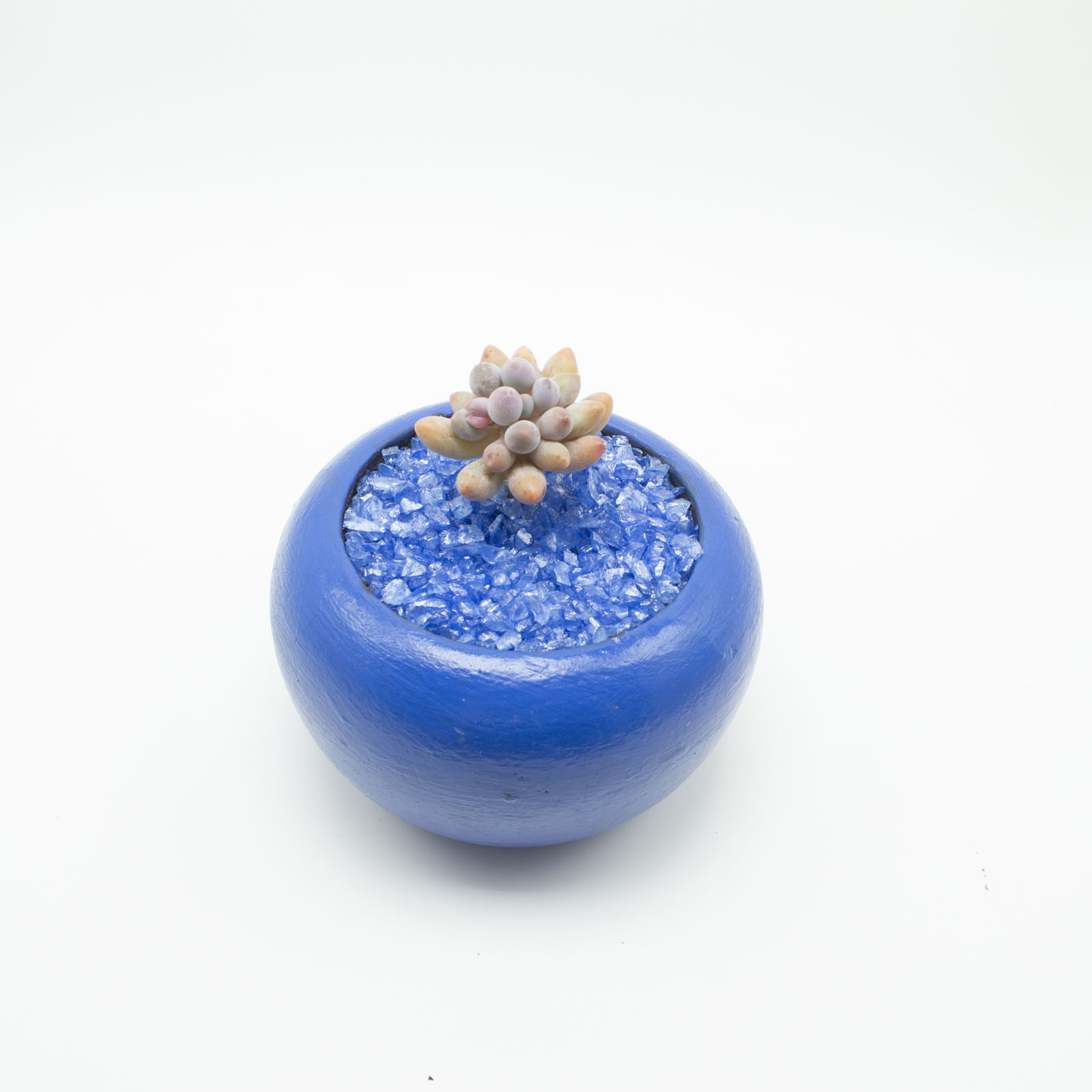
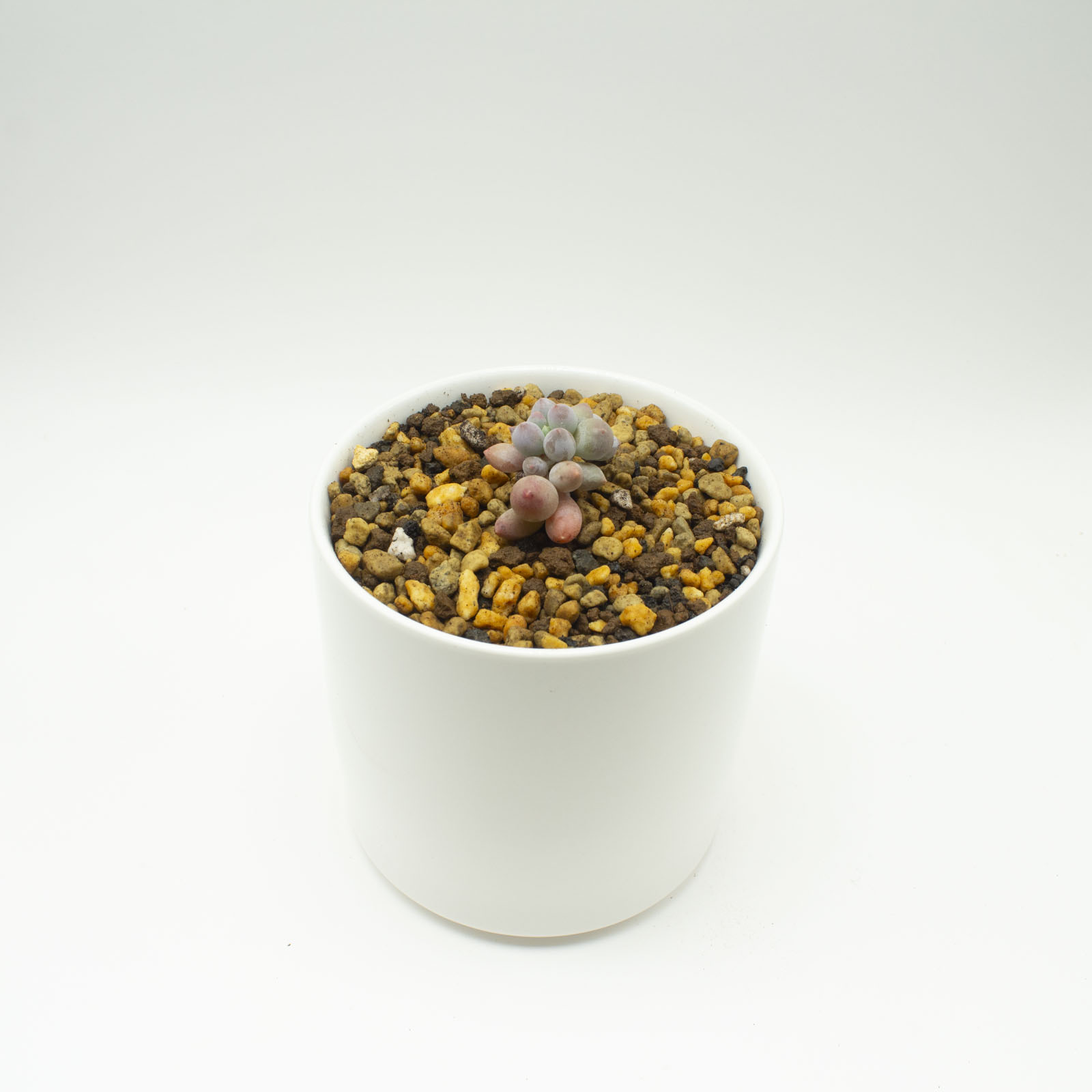
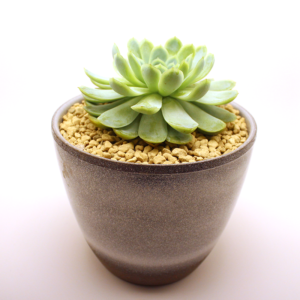
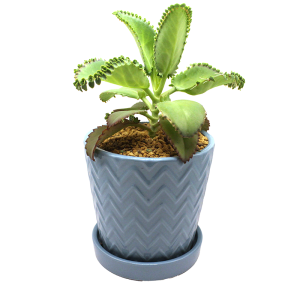
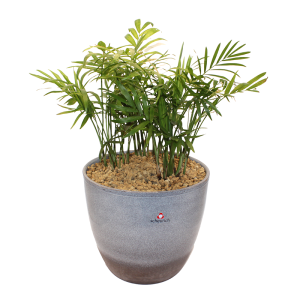
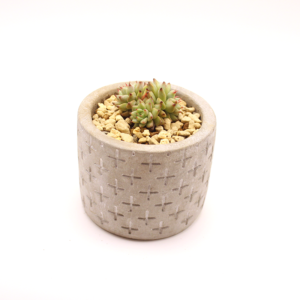
Reviews
There are no reviews yet.